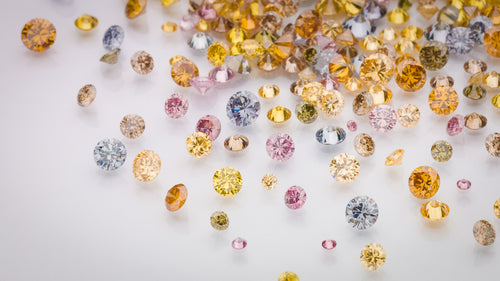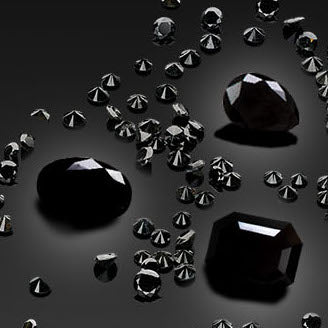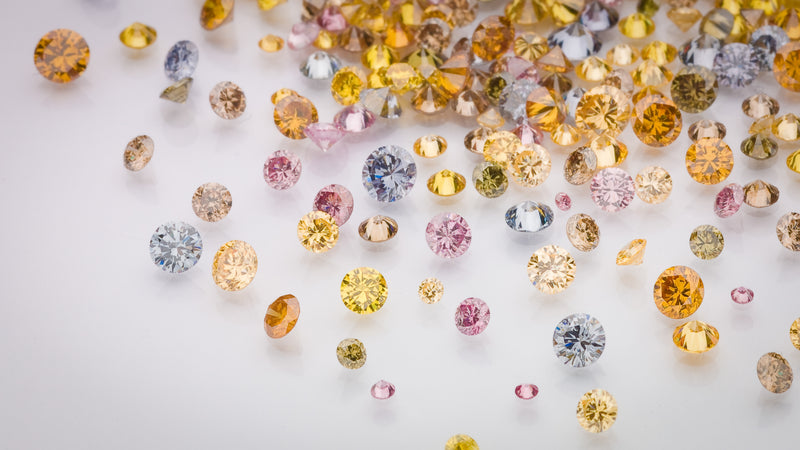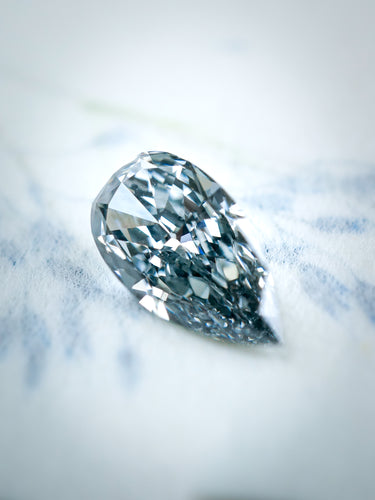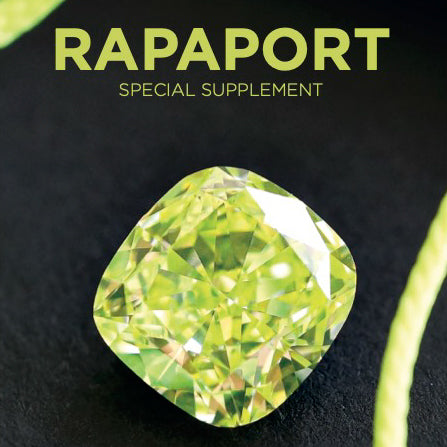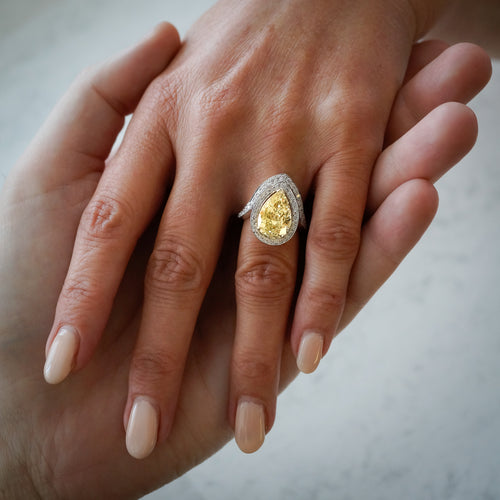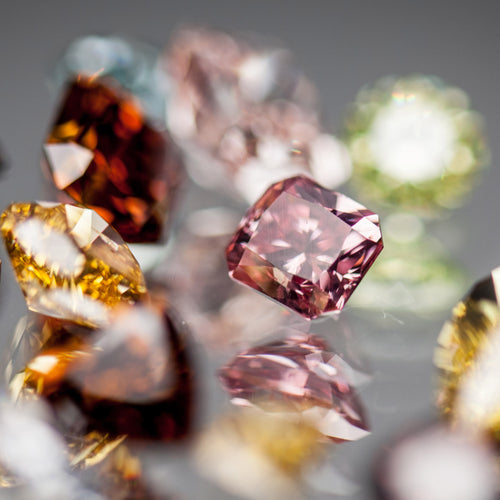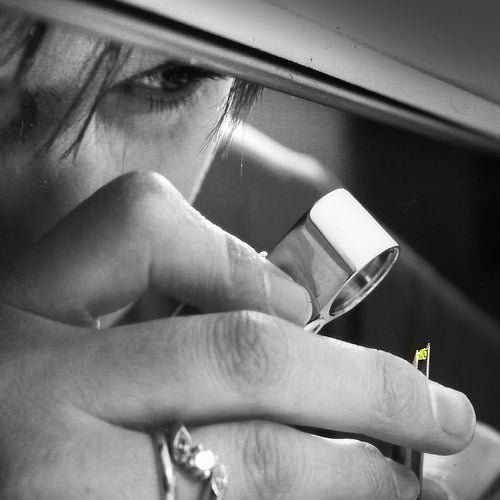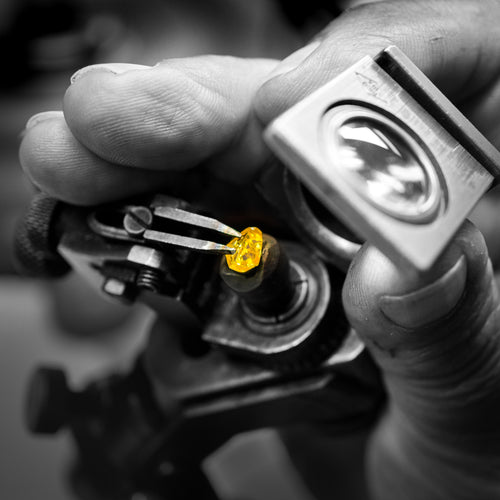The first written trace of the Darya-i Nur (Sea of Light) can yet again be found in the fabulous book "The Six Voyages of John Baptiste Tavernier" (Paris, 1676). In the second half of this book, in Chapter 19, Tavernier published eight of his drawings, the third of which represents a diamond called "Diamanta Grande Table" which he had seen in Golconda in 1642. Recent studies have demonstrated that the Darya-i Nur is actually a major part of the Grande Table.
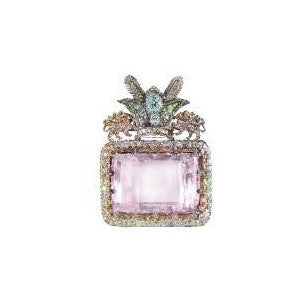
Many theories had been put forward concerning what became of this diamond, until the publication in 1968 of "Crown Jewels of Iran" by three researchers at the Royal Ontario Museum in Toronto. This book tends to prove that the Nadêr Shah would have been responsible for the disappearance of the most beautiful Indian stones when the Persians invaded Delhi under his command in 1739. It also confirms that at least two famous diamonds, the Darya-i Nur and the Taj-i Mah (Crown of the Moon), each weighing over 100 carats, are part of the jewels of the Crown of Iran.
The Darya-i Nur is thought to weigh 175-195 carats - this is only approximate since the stone is set together with a multitude of smaller diamonds which are of course impossible to unset. The Darya-i Nur is pale pink, completely pure and has exceptional limpidity, a characteristic of the finest Indian diamonds.
